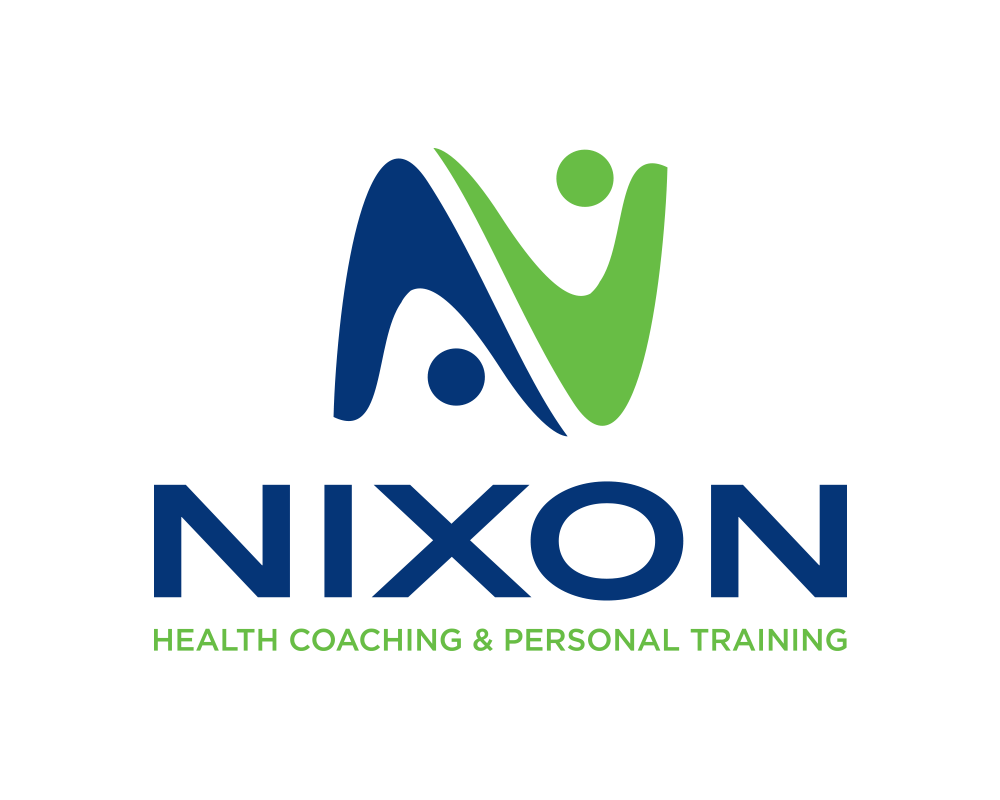What is Your Desired Health Outcome?
Goal Setting - Part One
When you are setting goals for healthy behaviors there are two categories into which nearly all goals fall, process goals and outcome goals. Outcome goals are what we often have been told is a solid goal and are aiming for the big end result. For example, I want to lose ten pounds, or, I want to write a book. A process goal is a goal that centers around an action. I will eat vegetables at every meal five days a week, or, I will write two nights a week for two hours.
Our outcome goals are often what drives us to start a new behavior. Someone might want to lose ten pounds so they look especially amazing for an upcoming event, such as a wedding. The issue with outcome goals is they can leave us with a big question, “OK this is what I want, now how do I get there?” Our high motivation can lead us to create goals that are actually outside of our control. Can anyone actually will themselves to lose even one pound?
Process goals are formulated so they are completely within our control. A good process goal needs to be actionable, doable, and sustainable for you and your life. What that looks like for you is highly individual. One person might be able to eat vegetables at every meal. Another person might only be able to face broccoli one meal a day.
Sometimes in setting goals the easiest part is to look at ourselves and try to think of what we want to take away from our life to create the desired change. What is someone supposed to do when they set a goal to stop eating ice cream yet their favorite thing in the whole entire world is a scoop of vanilla bean? The goal gets set and the behavior is not going to change because the person doesn’t actually want to change that behavior. The issue is not the person, the issue is that the goal can be formulated to better fit that person. The intent is good yet you might be starting in the wrong spot.
When you meet with a health coach part of the coaching process is goal setting and how to re-frame these outcome goals as a long-term, health positive vision that can be reached by applying shorter term process goals. Think about an inverted triangle where the big outcome is held up by the small process goal that is at the point. Each process goal gets a little bigger and bigger until the outcome is reached at the wide section of the triangle.
When health outcomes and even physical aspirations are filtered through your own personal vision for health and your own values, the path you want to take becomes more clear. Once you can see the path that your health coach has helped clear with you the options for that first step also become more apparent and the best step becomes a choice that is also in line with your life and lifestyle.
Read Part Two here

